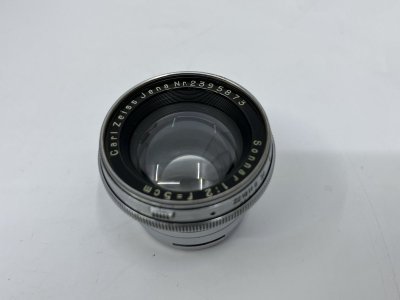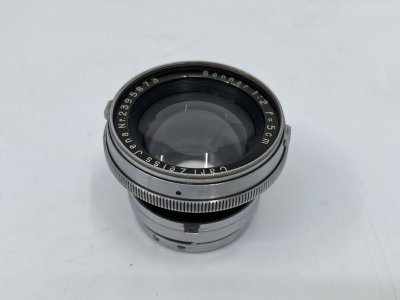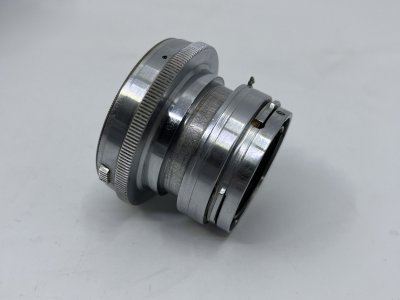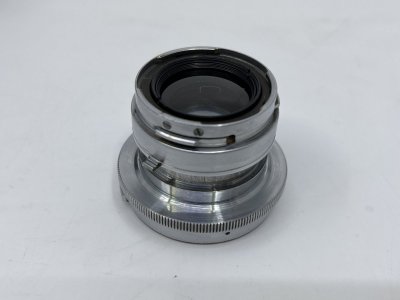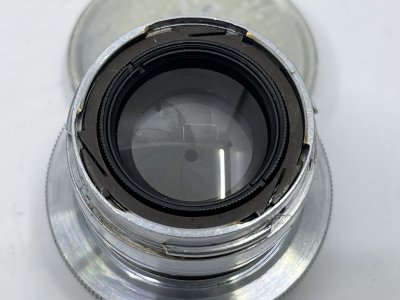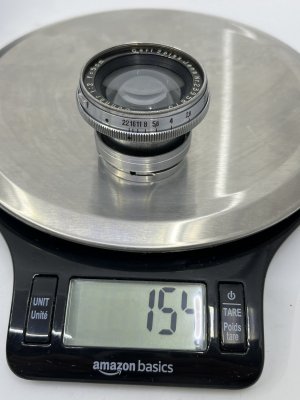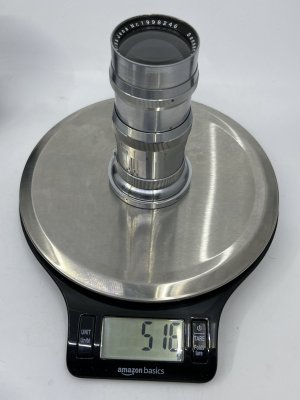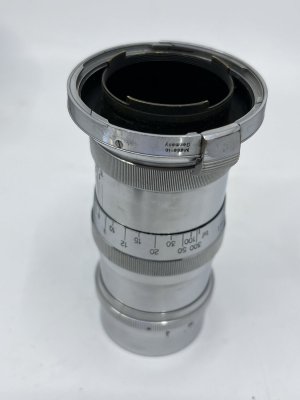Räuber
Well-known
I have a similar question as in the Sonnar 5cm f/1,5 thread here.

This table shows the weight of all West German Sonnars 50mm f2 I could measure. It is easy to see that the regular weight of a 2/50 is about 135 gr - 141 gr. But the very first silver rim Sonnar that I posses is very light with 120gr. Is this one regular or an exception? If someone owns a silver nose Sonnar 50mm f2 could you please put it on a scale and tell me the serial and the weight? Thank you guys.

This table shows the weight of all West German Sonnars 50mm f2 I could measure. It is easy to see that the regular weight of a 2/50 is about 135 gr - 141 gr. But the very first silver rim Sonnar that I posses is very light with 120gr. Is this one regular or an exception? If someone owns a silver nose Sonnar 50mm f2 could you please put it on a scale and tell me the serial and the weight? Thank you guys.


